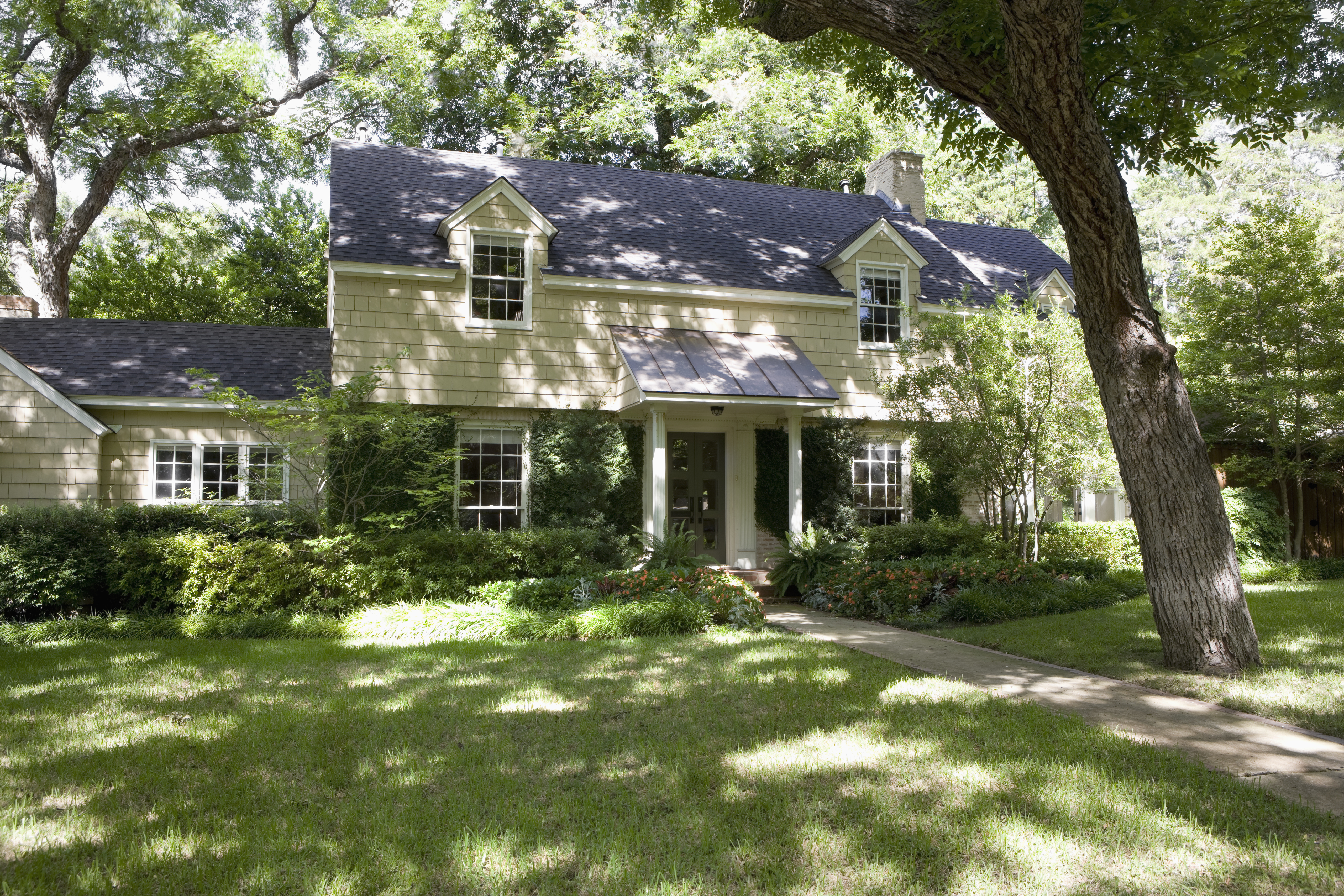
Discover drip irrigation system cost estimates, key price factors, and ways to save. Get transparent pricing to plan your home irrigation project confidently.
You don’t have to dig too deep to find out


Sprinkler lines are buried 8 to 12 inches underground.
At their shallowest, sprinkler lines should be 4 inches underground.
Consult a sprinkler installer to determine the right depth based on your yard and home.
Knowing the depth of sprinkler lines reduces your chances of damaging them.
Excavating your backyard? Installing an underground sprinkler system? You’ll need to know how deep sprinkler lines are buried. If your yard has existing underground lines, knowing how deep they’re buried will help avoid damaging them. And if you’re about to install a sprinkler system, burying your line at the right depth means the system will last longer without damage.
| Minimum Depth | Average Depth | Maximum Depth |
|---|---|---|
| 4 inches | 8 inches | 12 inches |
Most sprinkler professionals recommend burying sprinkler lines 8 to 12 inches deep in the ground. Sprinkler lines should be buried at least the depth of the pipe, which is 4 inches. But you’ll want to dig a trench closer to 12 inches in some climates and yards to cover your sprinkler system. Consult a local sprinkler installer to determine the best depth for your system based on your lawn and its watering needs.
The depth of a sprinkler line is buried depends on several factors.
If you live in an area that experiences all four seasons, you need to figure out the frost line in your area. The frost line refers to how deep underground the soil freezes during winter months. When a sprinkler line isn’t buried deep enough, it could freeze in the cold, leading to cracks or bursts in the line. If your area experiences extreme cold temperatures frequently, your sprinkler line should be deeper in the ground.
In warmer climates, where the ground has less risk of freezing, you can bury sprinkler lines less deep, around 6 to 8 inches. Just make sure lines are buried 4 inches deep at minimum to avoid damage.
If a lawn experiences heavy foot traffic or has a sprinkler line by the driveway or other paths, burying the line deeper to prevent pressure or weight from cracking the lines below is recommended.
The sprinkler line should be at least 6 inches deep if a lawn is aerated regularly. This maintenance schedule should prevent a mechanical aerator from puncturing a hole in the line.
As for mowing the lawn, if you use a ride-on mower, the weight from the machine can put too much pressure on sprinkler lines. Use a light-weight mower on areas with sprinklers.
Mowers pose more of a risk to sprinkler heads than sprinkler lines, which is why many homeowners opt for underground sprinkler heads that automatically rise aboveground when the watering timer starts.
The type of soil your lawn sits on will also impact sprinkler depth. If the soil is sandier, water drains from it faster, so the sprinkler line should be buried deeper. That means it’s best to bury sprinkler lines for well-draining soils, such as sandy, loamy, and silty soils, deeper—at least 8 inches deep.
However, poorly draining soils, such as clay, peat, or any compacted soil, benefit from shallower installation (closer to that 4-inch mark if you don’t live in a colder climate).
| Soil Types for Deeper Lines | Soil Types for Shallower Lines |
|---|---|
| Sandy | Clay |
| Loamy | Peat |
| Silty | Compacted |
The type of sprinkler head on your irrigation system can impact how deep a line should be buried.
Spray heads: These heads sit just at surface level and don’t need to be buried more than 4 inches deep.
Drip irrigation systems: Drip sprinkler systems can be buried between 4 and 12 inches deep.
Rotating sprinkler heads: This option has gears and a motor and needs to be buried at least 4 inches deep, but they’re often buried 6 inches deep to prevent damage to the mechanism.
Rotor sprinklers: These are high-powered and should be buried at least 8 inches deep.

From average costs to expert advice, get all the answers you need to get your job done.

Discover drip irrigation system cost estimates, key price factors, and ways to save. Get transparent pricing to plan your home irrigation project confidently.

Discover the average outdoor misting system cost, key price factors, and ways to save. Get transparent, expert-backed estimates for your installation.

If your yard is soggy after a storm, it’s time to install a drainage system. Use this guide to learn the average cost of installing a yard drainage system.

Explore the best pipes for French drains, from popular PVC to corrugated and ABS. Learn the pros and cons of each to make the decision that suits your home best.

A lawn sprinkler can make light work of watering your yard. Find out how much a sprinkler system installation costs based on lawn size, system type, and other factors.

Discover the cost to dethatch a lawn, including average prices, key factors, and tips to help you budget for a healthier, greener yard.